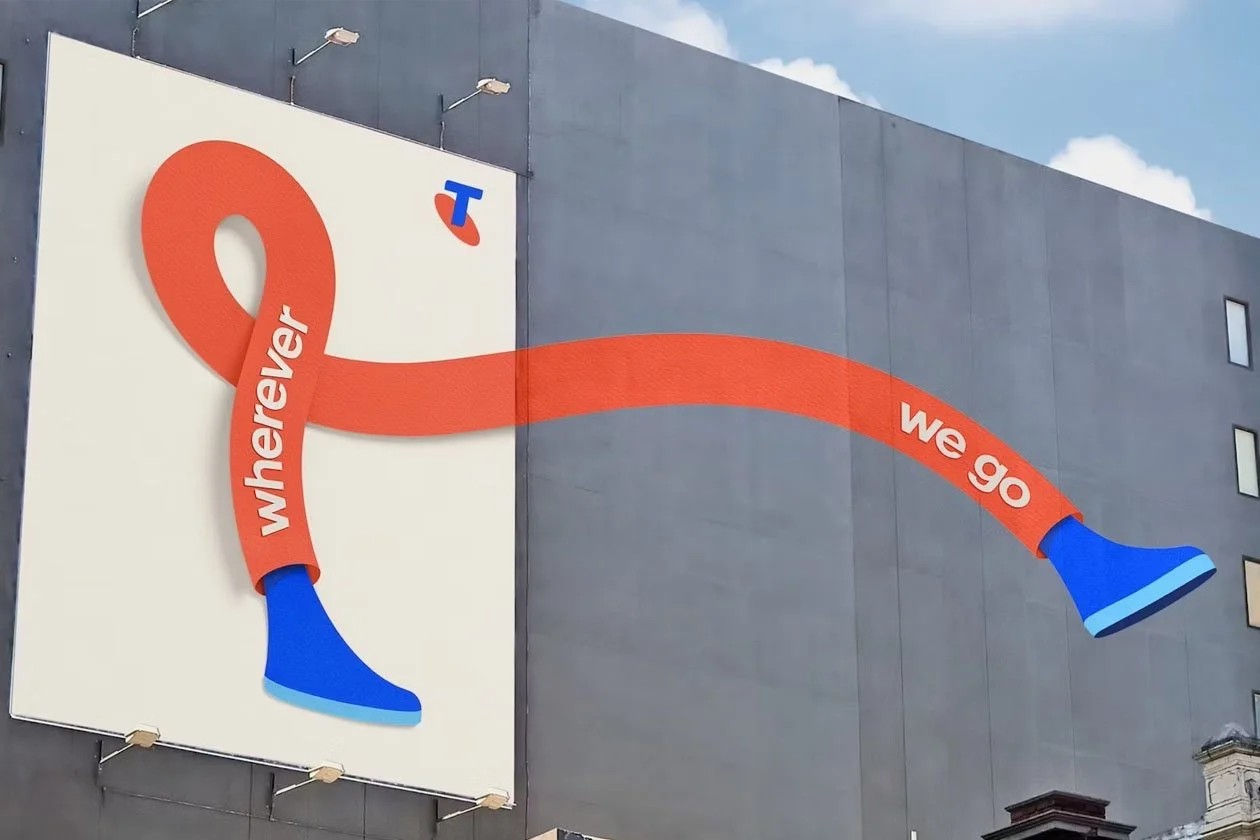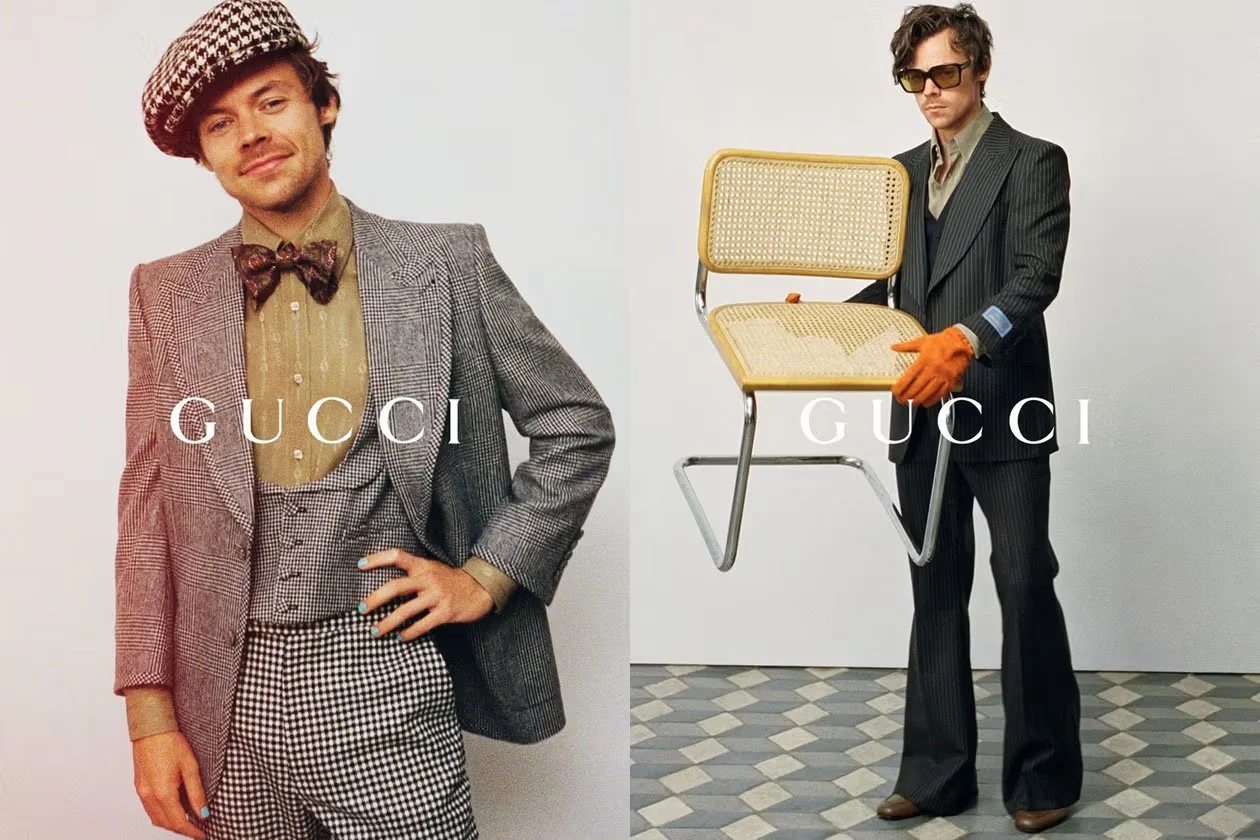Shapeshifting: From Myth to Modern Brand Strategy
In mythology and folklore, shapeshifting was a sign of power. To take on a new form was to gain new abilities...a wolf’s stealth, a bird’s freedom, a god’s disguise. It was always a little unnatural, often dangerous, and almost always fascinating.
Somewhere along the way, the word escaped the realm of fantasy and found its way into boardrooms, brand decks, and strategy sessions.
Today, shapeshifting doesn’t mean turning into a beast under the full moon...it means pressure-testing your strategy, flexing your identity, and anticipating the unexpected.
In product strategy, shapeshifting is the ability to step into the skin of your customer, your competitor, or even the culture itself. It’s scenario building with empathy. By shapeshifting, you can predict how others might move before you commit serious time and money.
In branding, shapeshifting has taken on a different, but related, form. A modern brand has to exist across dozens of platforms, each with its own language, tempo, and visual grammar. To shapeshift here is to adapt without losing yourself — to wear many faces while staying recognisable. A logo that breathes differently on TikTok than it does in a boardroom. A campaign that mutates across billboards, feeds, and stories, but still feels like the same voice.
“The word shapeshifting escaped the realm of fantasy and found its way into boardrooms, brand decks, and strategy sessions. ”
What’s striking is how the essence of the original meaning remains. Shapeshifting was never just about disguise...it was about survival, agility, and the ability to harness new power when the environment demanded it. Brands and strategies today are asked to do exactly that.
The folklore has become functional. The myth has become method. And shapeshifting, once a supernatural gift, is now a necessary skill for anyone navigating the ever-changing landscapes of culture and commerce.
Shapeshifting shows up in unexpected places. From heritage icons to digital disruptors, these brands reveal just how fluid identity can be.
Aesop
How they shapeshift: Globally recognised but still rooted in Melbourne origins, they shapeshift by designing every store uniquely to reflect its local context (no two stores look the same), while the products, tone of voice, and brand philosophy stay consistent. It’s an architectural, cultural shapeshift that still feels unmistakably “Aesop.”
Telstra
How they shapeshift: Once seen as a faceless telco, Telstra has been actively reshaping its brand to be more human-centric, flexible, and digital-first. They shift their voice between corporate responsibility (5G, rural connectivity) and lifestyle-driven campaigns (streaming, gaming, smart homes) while keeping connectivity at the centre.
Gucci
How they shapeshift: Under Alessandro Michele, Gucci leaned into maximalist surrealism; under Sabato De Sarno, it’s moving toward “quiet luxury.” The brand shapeshifts aesthetics and campaign style depending on cultural trends, while keeping its core codes (luxury, craftsmanship, heritage) intact.




